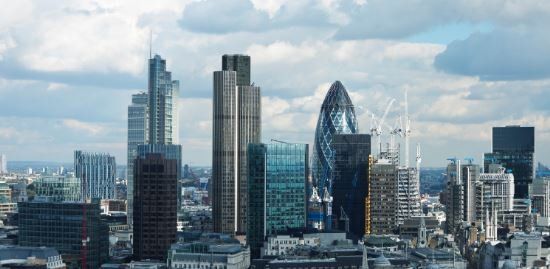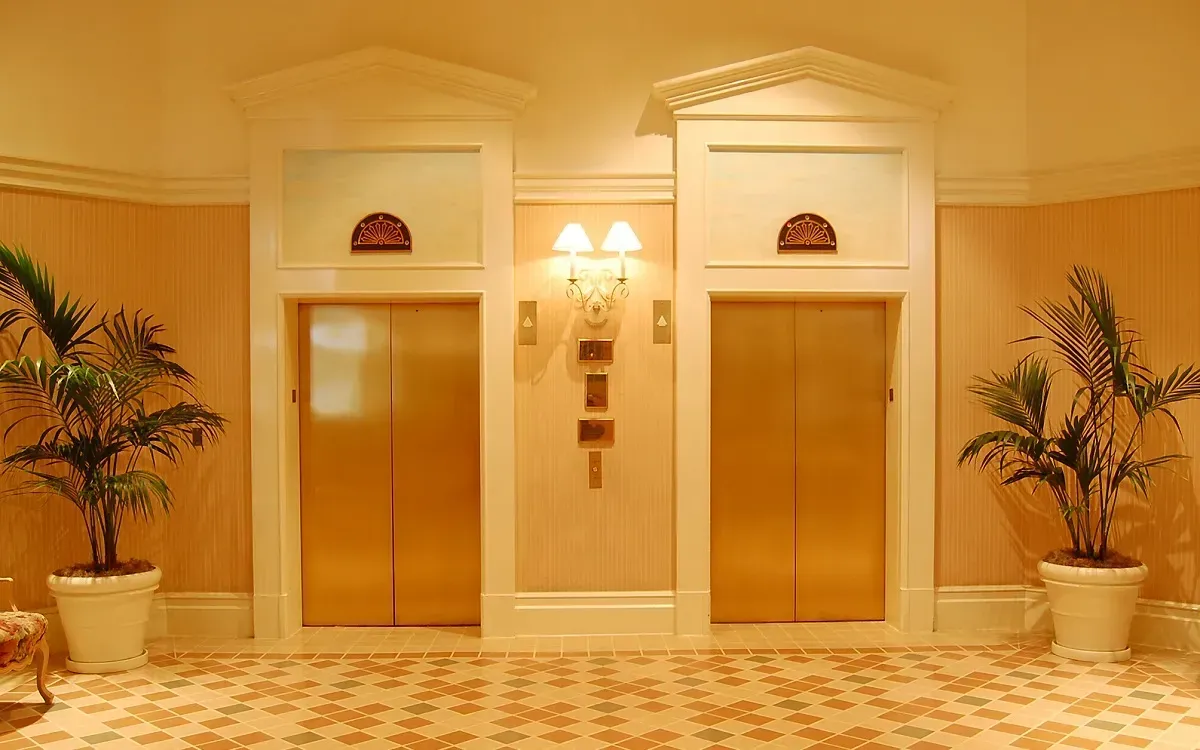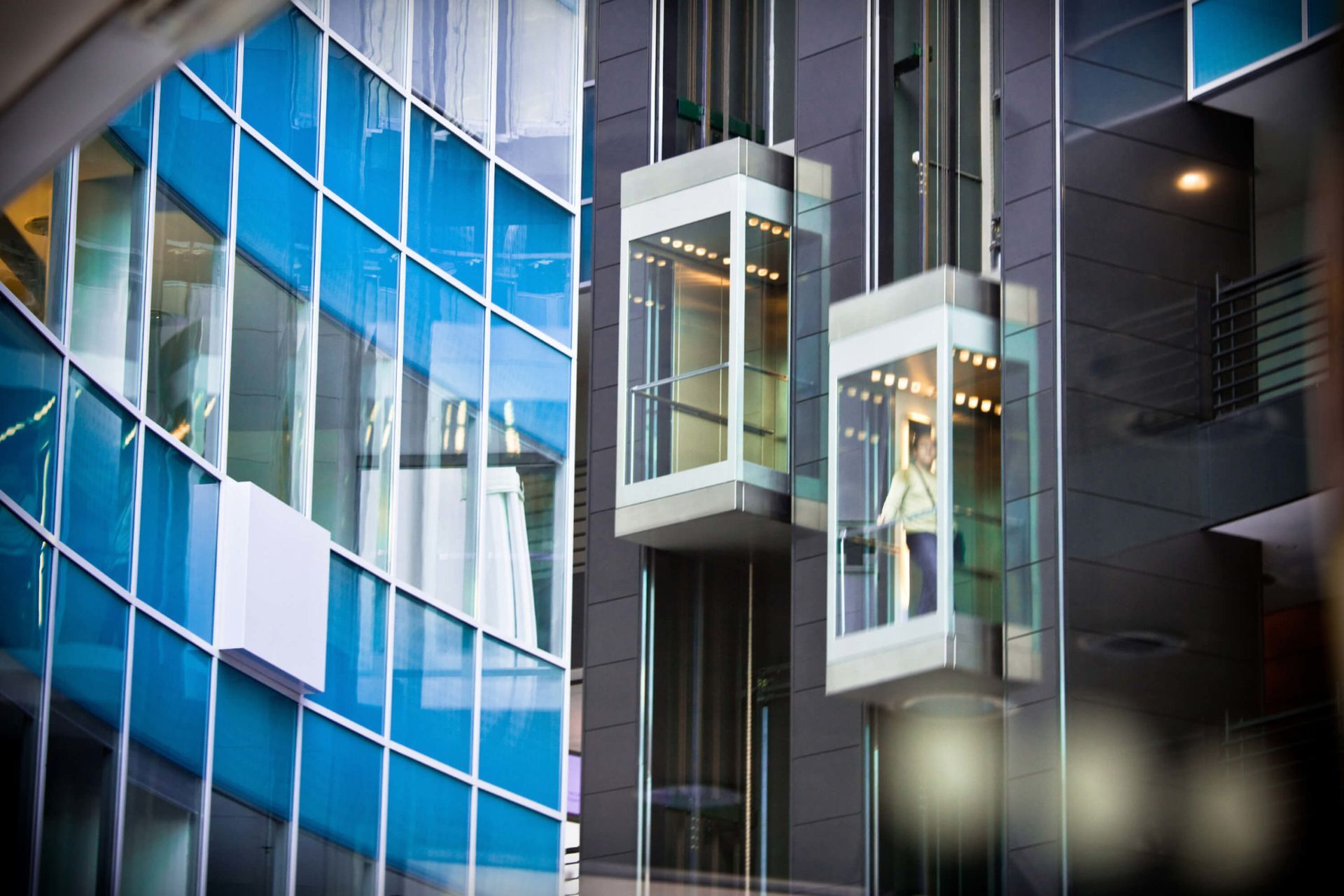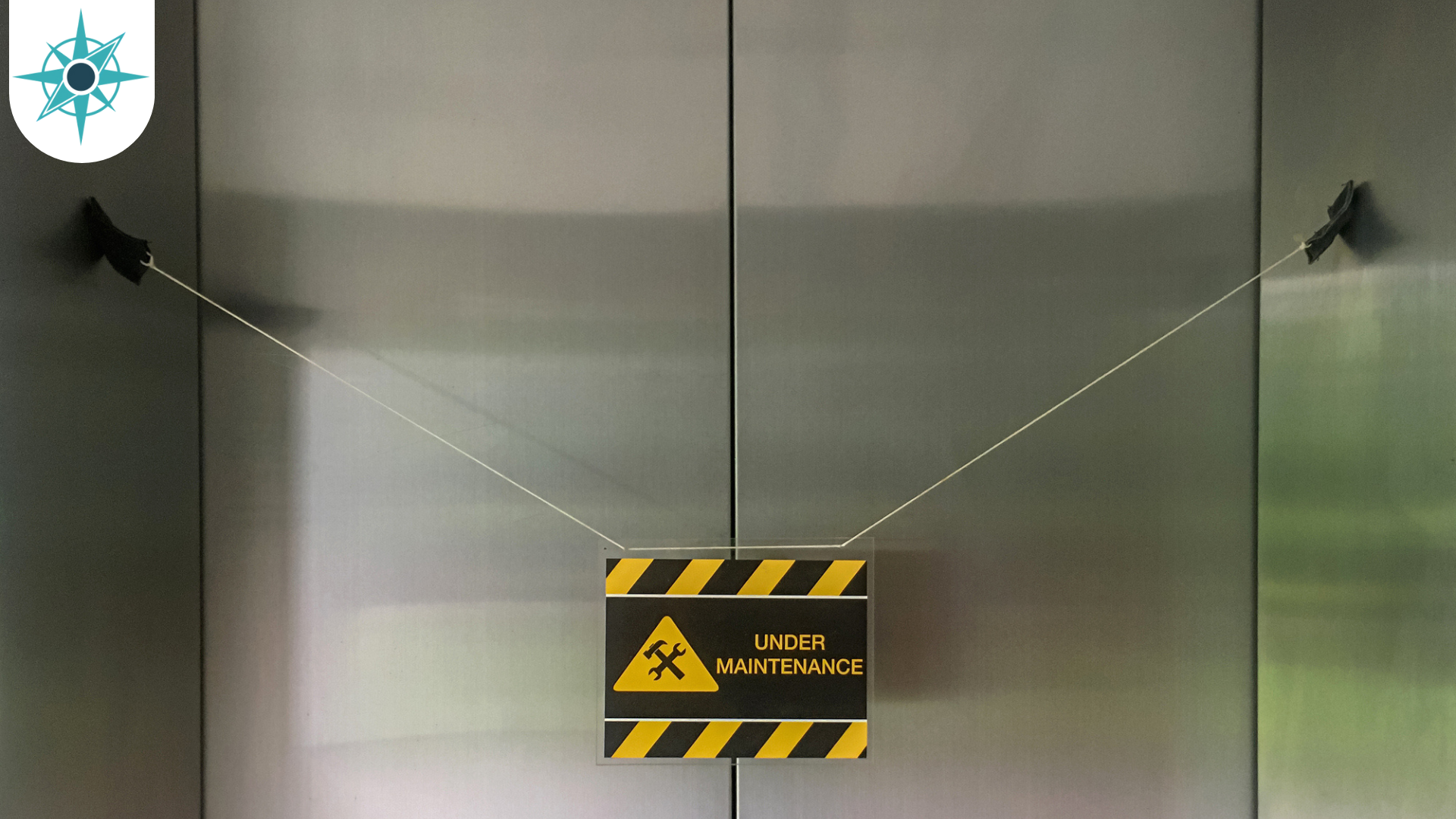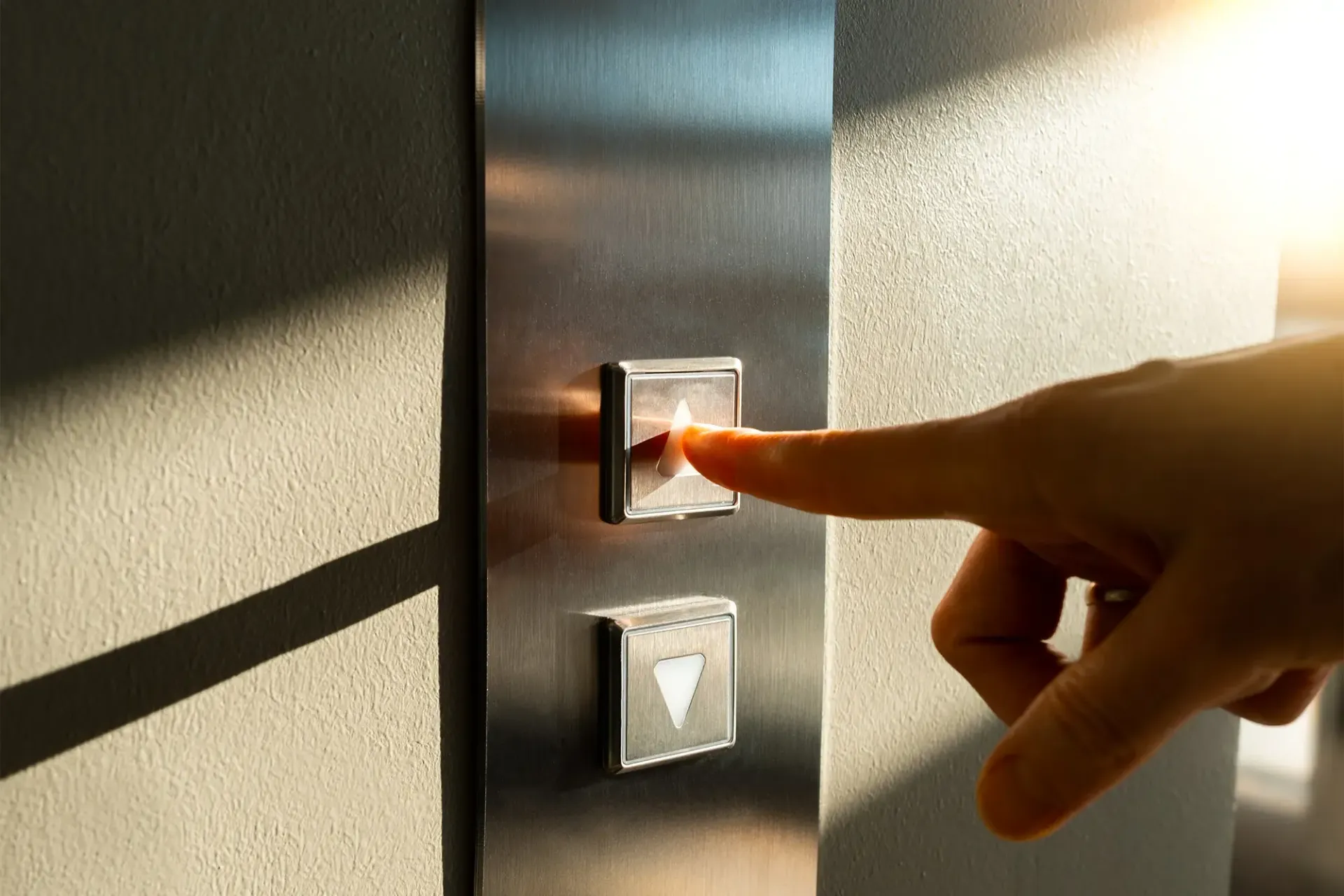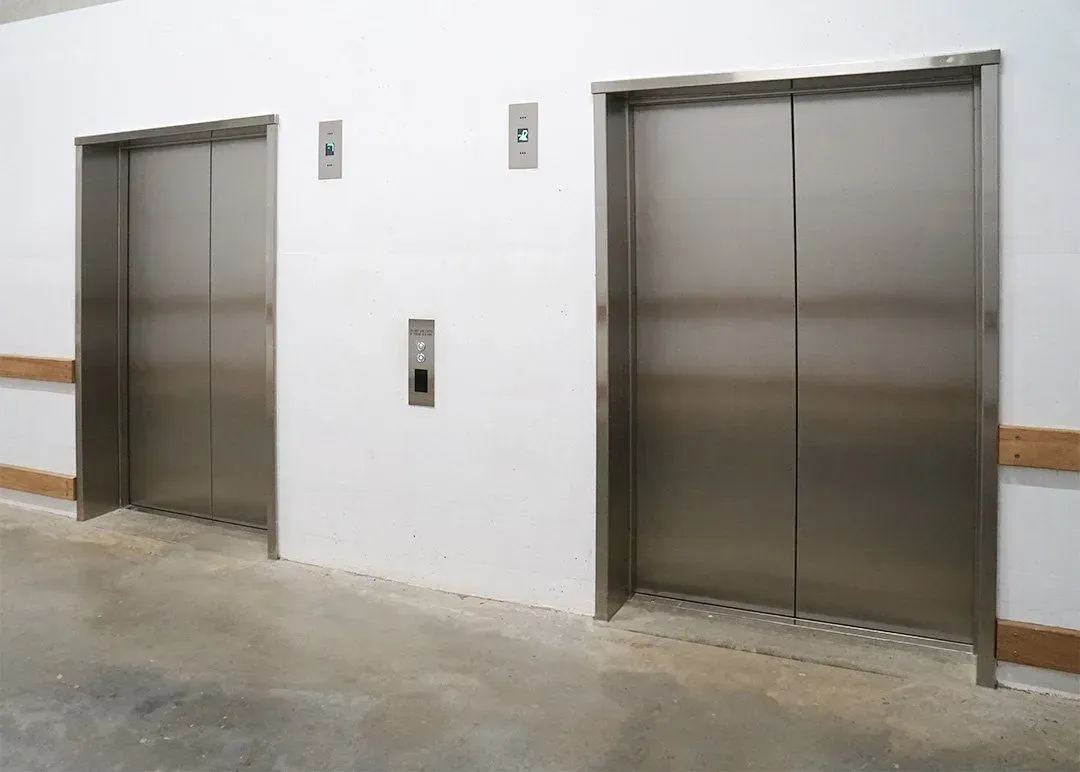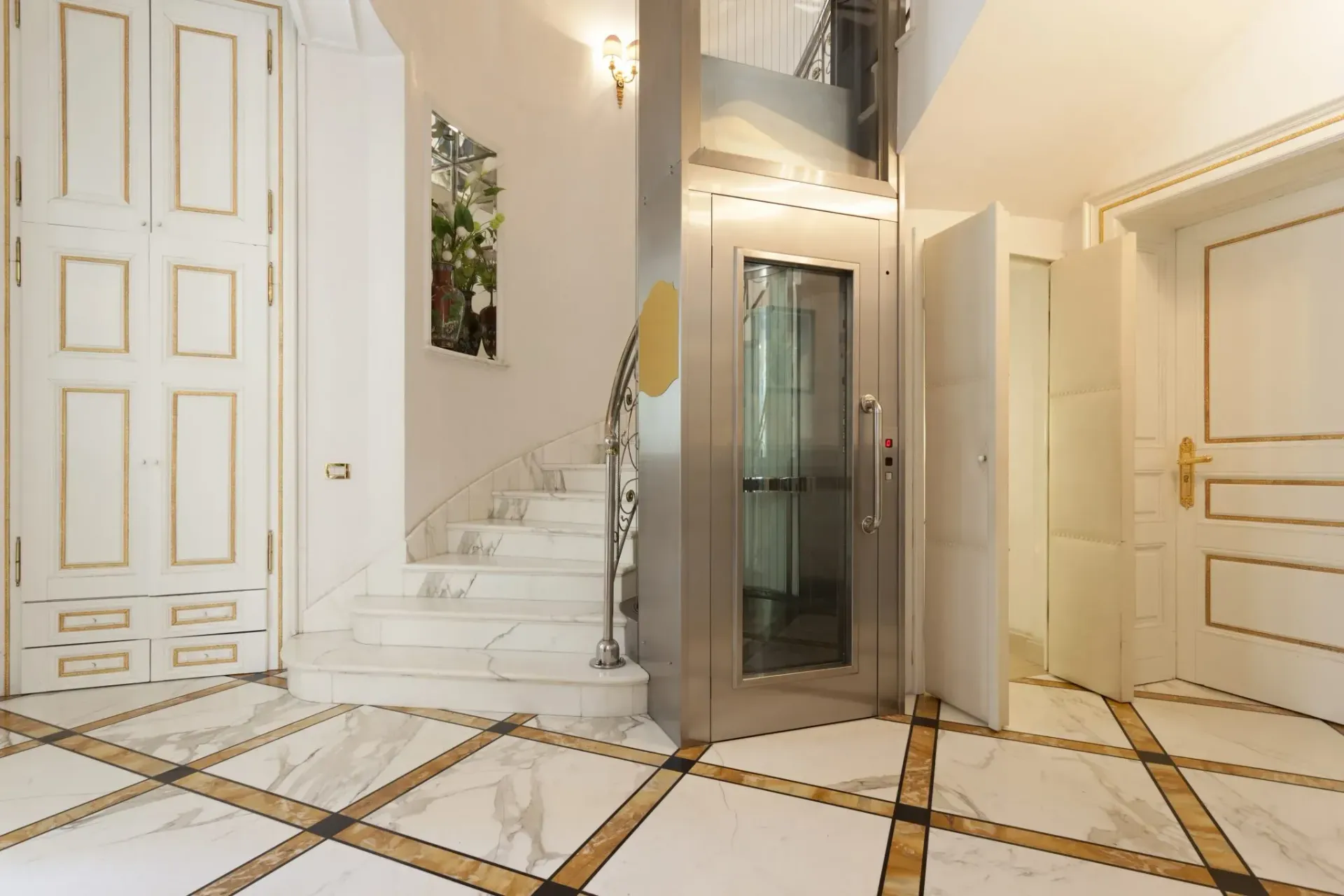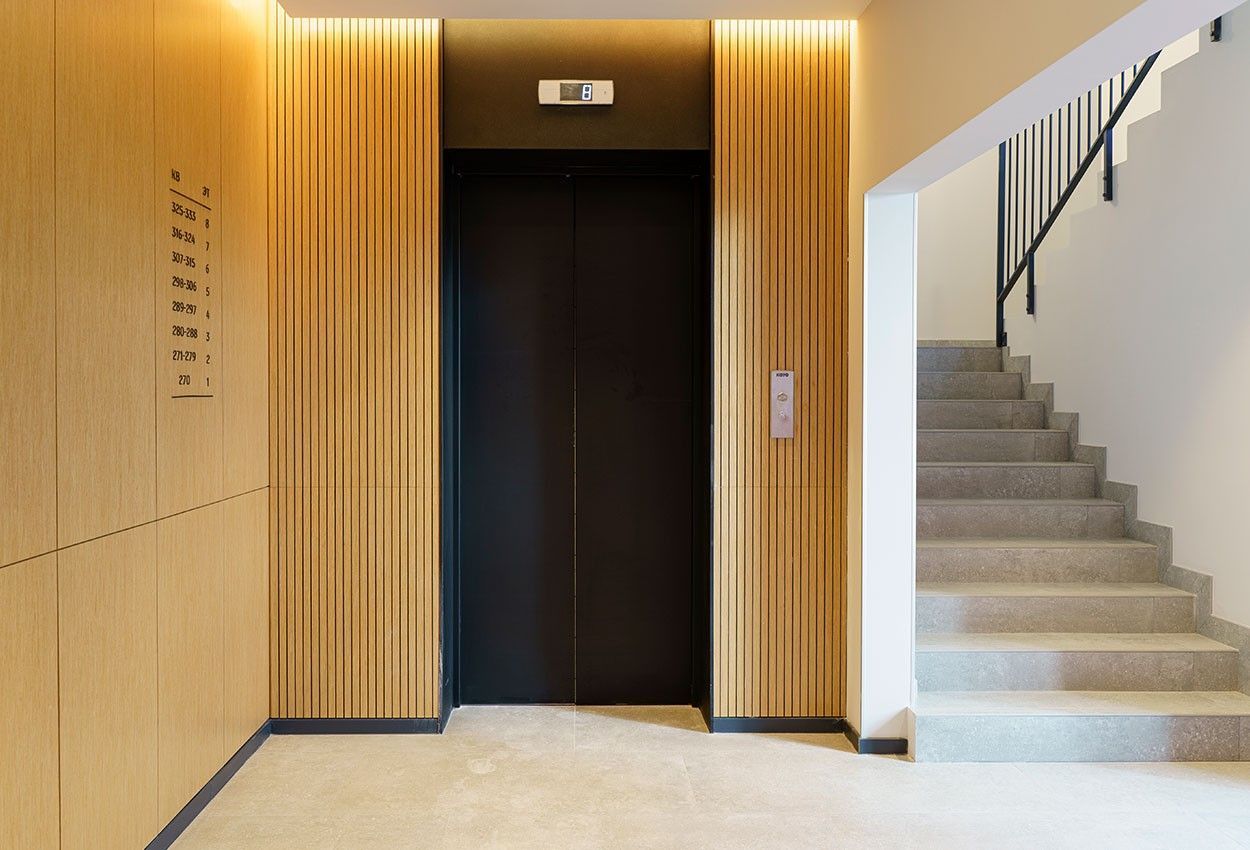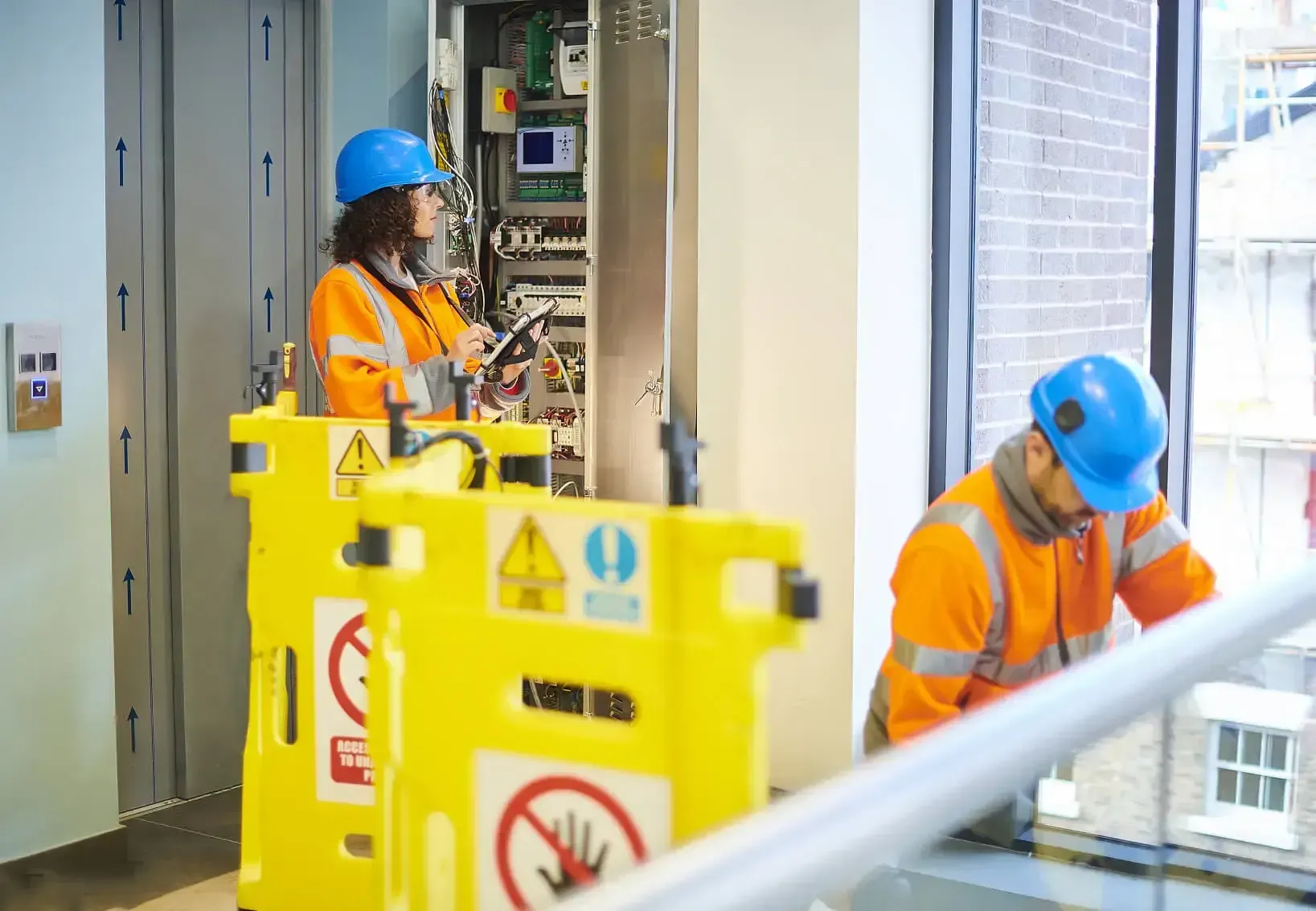From Lifts To Vertical Construction: The Most Important Developments in Urban Architecture
Believe it or not, but cities are still a relatively new system of living for the human race. Just 200 years ago, only around 3% of the entire population of the world lived in cities with the vast majority living in rural areas.
Today, more than half of the population of the world live in a city of some sort! Over the years, cities have become more populace as there are more opportunities for work and entertainment - this ballooning in the population in cities across the globe shows just how much they matter to society.
The first cities known in human history were located in Mesopotamia, China and the Indus Valley and began appearing as far back 9000 years ago following the Neolithic Revolution and the domestication of farm animals. These early cities - some of which had populations of around 50,000 - helped to provide surplus food for the population which then provided the opportunity for other skills to develop and for economies to form. By bringing people from the region together - along with their skills - cultures could develop which would push forward further development and would eventually lead to the rise of civilisations. Without cities, civilisations simply cannot thrive.
Although huge structures, like Ziggurats , were a development of this period, there aren’t many practical solutions to city population found in the architecture of this period. However, in the following thousands of years - and especially in the last century or so - a number of architectural developments have occurred which mean that populations have exploded. This population growth has led to many pressures on the functions of the city but has also facilitated the continued progression of science, culture and business.
Skyscraper buildings are absolutely pivotal in the development of city architecture and the continued explosion of city populations. Building vertically means that far less ground space can be used and more people can fit into a smaller area of the city. Particularly in American cities like Chicago and New York, the architectural development of skyscrapers meant that commercial enterprises could flourish by fitting their workers into a smaller space.
When skyscraper design was used for domestic purposes as well as commercial, this also allowed those commercial properties to be filled with a more substantial workforce and also provided cheaper accommodation for the working classes and the incoming migrants. The very first skyscrapers began appearing across cities in the late 19th century and early 20th century and continued to get taller and taller as steel became mass-produced.
With the development of taller buildings and the continued growth of skyscrapers, lifts have also proven to be an essential development for architecture. Especially with skyscrapers which now reach thousands of feet into the air, it’s even more imperative that goods and people can both be transported up and down the building quickly and effectively.
For large offices and hotels, it’s vital that customers and clients are not forced to walk up hundreds of stairs but also that goods, equipment and deliveries can get to where they need to be with ease.
Vertical agriculture is a concept we’re likely to see more widespread in the future but could be a development which helps to solve many of the issues posed by growing populations in cities. These revolutionary structures may soon be able to help replace more traditional farms and bring urban communities closer to the source of their food. Reconnecting cities with food and nature will help to create a far more healthy society, democratise the food system, help poorer communities to grow their own food and save money, improve the air quality in cities and reduce the likelihood of damaging floodwaters encroaching on urban areas.
By creating cities in which living quarters coincide with agriculture, we can create a far more vibrant city, but more importantly, provide all of the food needed and help to reduce the carbon footprint of cities too.
Although vertical farms are a new and forthcoming phenomenon, urban gardens have been a feature of cities for generations. The significance of urban gardens has come and gone over time. In Ancient Mesopotamia, there is plenty of evidence that the citadels of cities within this civilisation included huge gardens with winding irrigations systems - even if the fabled ‘Hanging Gardens of Babylon’ was never found. In more modern times, urban allotments and other gardening facilities within a city can be considered an ‘urban garden’ which help to improve the air quality and provide splashes of colour to the area.
With the rapid rise of cities over the centuries, there are undoubtedly some architectural skeletons which have been left behind and become a blight on the skylines. Fortunately, a number of these buildings in cities all across the world are now being refurbished and repurposed to make the best use of the buildings and space available by property developers and entrepreneurs. Redevelopment is cost-effective for developers and makes use of the buildings that would otherwise simply be destroyed.
Structural glass is an architectural development which has lead to the rise of buildings like The Shard in London and many other beautiful pieces of architecture. This development means that buildings no longer need to rely on huge slabs of concrete for their structural integrity and even skyscrapers can be shining beacons of artistic beauty. Architectural glass is strengthened to ensure that the buildings they are made of remain standing whilst also giving architects the ability to flex their artistic muscles.
With environmental disasters on the news on a daily basis in the modern era, more pressure is placed on town and city planners to ensure that buildings and communities are built with the environment firmly in mind. Urban planning in the future will place this at the heart of everything, with projects currently underway which feature renewable energy, sustainable public transport and plenty of green space at the centre of the plans. By planning towns and cities with cycle routes in mind and sustainable construction practices, the areas of the world that have been at the forefront of the climate crisis can now turn into beacons of the environment.
Another burgeoning development, ‘smart’ cities utilise the internet of things to collect data and use technology to create urban areas which interact and make life easier for the inhabitants. The concept of these communities integrates architecture with information and communication technology. For example, integrating artificial intelligence with road infrastructure and telecommunications will learn and adapt to people’s habits and create a more synchronised society.
ADL Lift Services: A Leading Lift Company in Scotland
Here at ADL Lift Services, we’re experts when it comes to the installation, design, repair and servicing of lifts for commercial buildings. We have a combined eight decades worth of experience in the industry and can provide our services all across the UK via our significant network or staff.
We provide 24-hour emergency life services every day of the year and all of our staff have the knowledge, expertise and professionalism to help you regardless of your requirements. Our systems allow us to access all of our customer’s information in the blink of an eye so we can see your service history and ensure we’re providing you with the best services possible.
We’re a fully certified company so you can rest assured that we will always conduct our work in a safe, efficient and effective manner. If you’re looking for help with your lifts, look no further.
To find out more, please feel free to contact us today. You can find us at our head office at 29 Albert Street, Motherwell, ML1 1PR, call us on 01698 277 009 or email us at info@adlliftservices.com.


